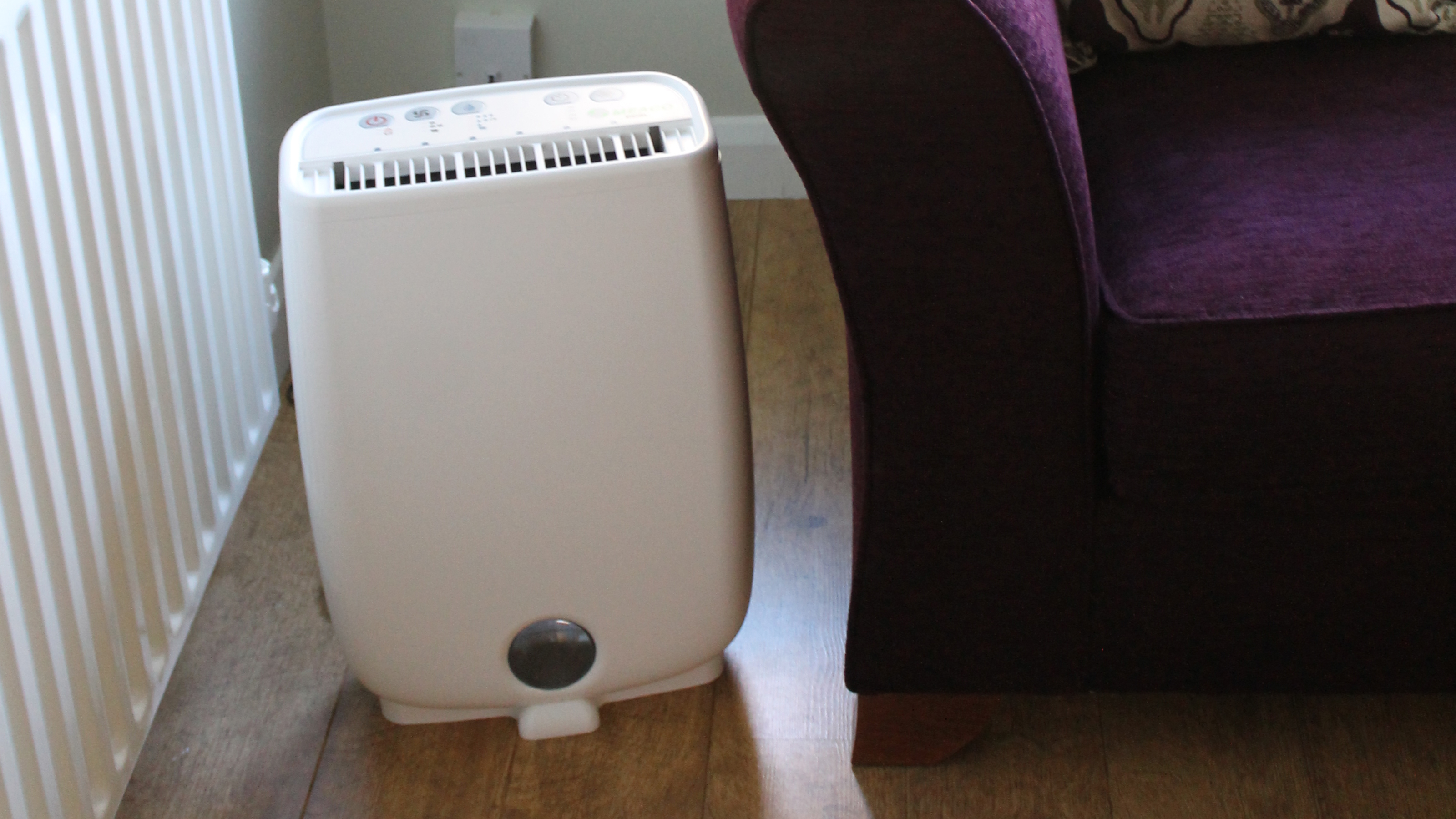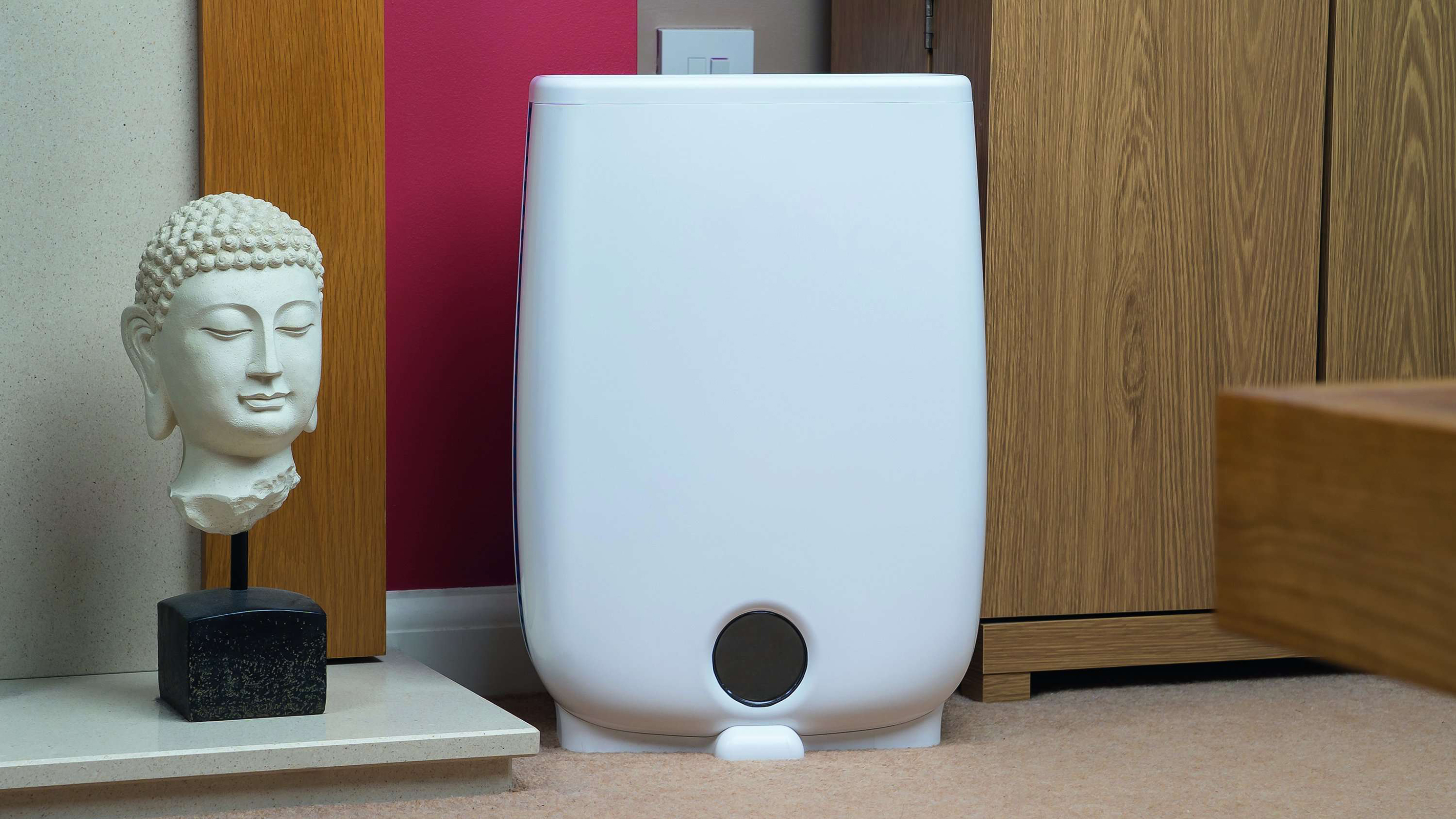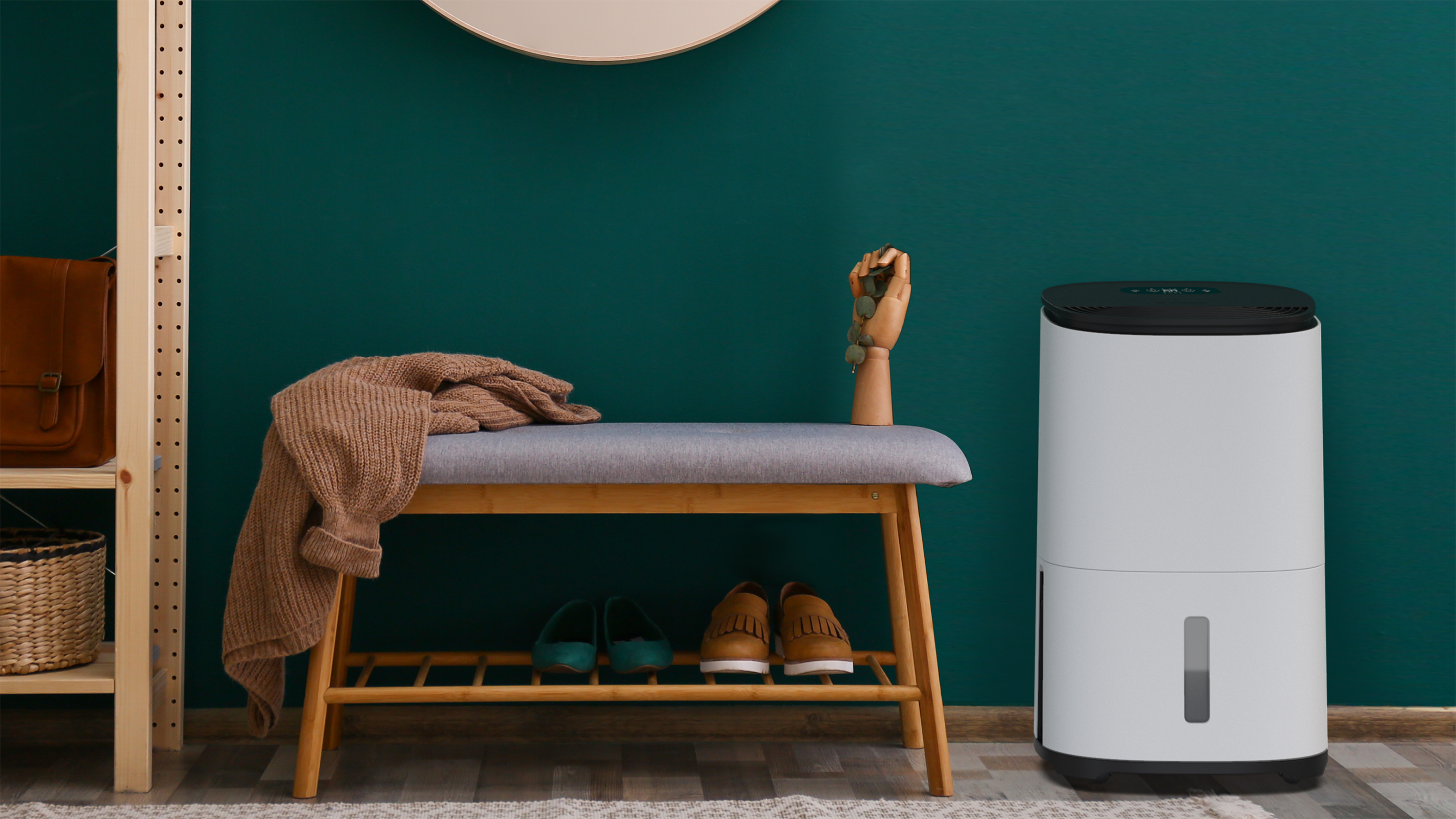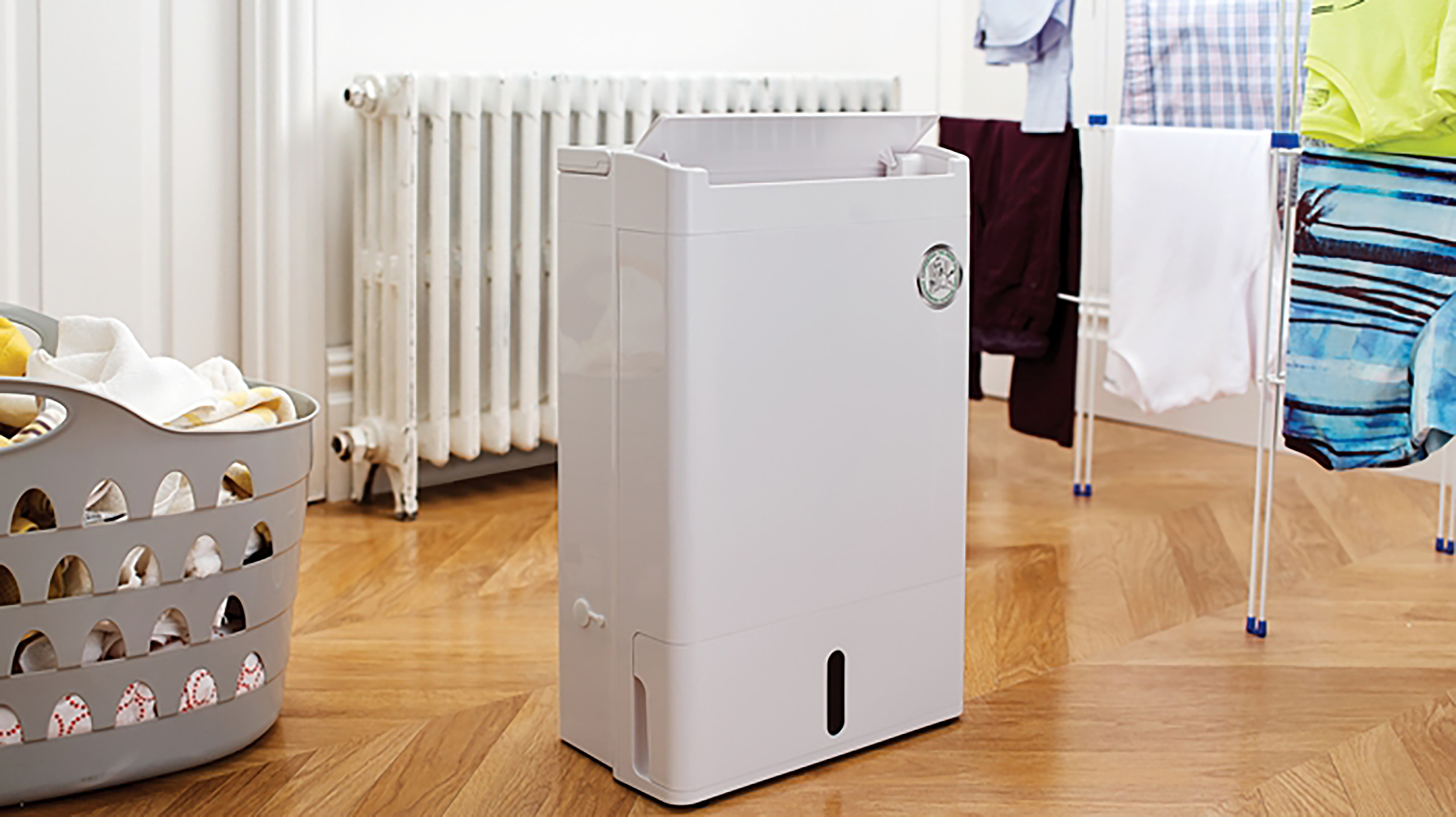What is a desiccant dehumidifier and should I buy one?
Just what is a desiccant dehumidifier and could using one in your home be the answer to your condensation woes? Here, we take a look at how they work so you can decide if you need one

Exactly what is a desiccant dehumidifier? This is a question you may have been asking if you are in the market for a dehumidifier to use in your home to combat problems arising from excess moisture.
Perhaps you are looking at how to stop condensation, or maybe you have noticed some unnerving and ugly-looking damp or mould patches appearing on your walls. Maybe you are searching for ways to get your wet laundry dry faster now that the outdoor washing line has been relegated to the garden shed. Whatever your reasons for embarking on a hunt for one of these moisture-combatting machines, you need to make sure you know what's what in the world of dehumidifiers.
Here, we explain what a desiccant dehumidifier is and how they differ from other types of dehumidifier available so you can make sure that the model you buy is right for your needs.
What is a desiccant dehumidifier and how do they work?
There are two main types of dehumidifier and each is slightly better suited to certain situations and spaces than the other. Someone looking at how to stop window condensation, for example, will need a different model to someone looking to stop damp in their garage.
In the main, the choice comes down to a desiccant dehumidifier and a compressor dehumidifier.
So, what is a desiccant dehumidifier and could it be the appliance you have been searching for?
"With this type of dehumidifier, air is drawn in over a filter and passed over an absorbent material called Zeolite," begins Chris Michael of Meaco.
"When this material is saturated, a heater located within the dehumidifier blows warm dry air across the Zeolite, condensing moisture into water which is then collected in a tank. Warm air is then passed back out of the dehumidifier at a higher temperature than the air that was taken in, so this dehumidifier can also act as a gentle heater."

How does a compressor dehumidifier differ to a desiccant dehumidifier?
Compressor dehumidifiers (also sometimes known as ‘refrigeration dehumidifiers’), which work quite differently from their desiccant counterparts.
"This type of dehumidifier has a cold-coil system, like a fridge," says Chris Michael of Meaco. "These types of dehumidifiers have two sets of coils, the first cools to create the condensation, which is collected into the water tank, the second warms the dry air back to just above room temperature. This helps to create the dry air needed to combat condensation, mould and damp problems."

Are desiccant dehumidifiers expensive to run?
When it comes to dehumidifier running costs, there is a fair bit of difference between the different sizes of model, as well as the types.
"Compressor machines will always be cheaper to run than desiccant dehumidifiers, says Chris Michael. "That’s because they don’t return heat to the space and are only really designed for spaces above 10°C. So, running costs for them float
between 5p and 9p per hour based on the October 2022 cost of 34p per/kWh.
"A compressor machine running at normal room temperatures will always be the cheapest way to dry the air, especially when you start looking at cost in terms of pence per litre of water."
That said, those savings are only worthwhile if a compressor unit is offering what you need from your dehumidifier.
"Desiccants win at lower temperatures and when someone actually wants to add warmth to a colder room in winter," says Chris. "In that case they get both water and warmth for their money.
"This is a type of unit that works at lower temperatures and that the air is pushed back into the room as heat. They are often used in colder rooms like basements, garages and utility rooms. The costs to run this type of dehumidifier are different to the costs for a compressor dehumidifier, which is the better choice for general home use."
Which type of dehumidifier should I buy?
If you are looking for a dehumidifier to locate in a colder area of your home, such as a garage, unheated conservatory (condensation in conservatories can be a real problem) or basement, a desiccant model is likely to be the best option for you. Not only do they gently heat a space, but they also work better in colder rooms.
On the other hand, if you need a dehumidifier for a room that generally sits at around 15˚C or more, and want a way of getting rid of lots of excess moisture in a cost-efficient manner, a compressor could be better for you.

Get the Homebuilding & Renovating Newsletter
Bring your dream home to life with expert advice, how to guides and design inspiration. Sign up for our newsletter and get two free tickets to a Homebuilding & Renovating Show near you.
Natasha was Homebuilding & Renovating’s Associate Content Editor and was a member of the Homebuilding team for over two decades. In her role on Homebuilding & Renovating she imparted her knowledge on a wide range of renovation topics, from window condensation to renovating bathrooms, to removing walls and adding an extension. She continues to write for Homebuilding on these topics, and more. An experienced journalist and renovation expert, she also writes for a number of other homes titles, including Homes & Gardens and Ideal Homes. Over the years Natasha has renovated and carried out a side extension to a Victorian terrace. She is currently living in the rural Edwardian cottage she renovated and extended on a largely DIY basis, living on site for the duration of the project.

